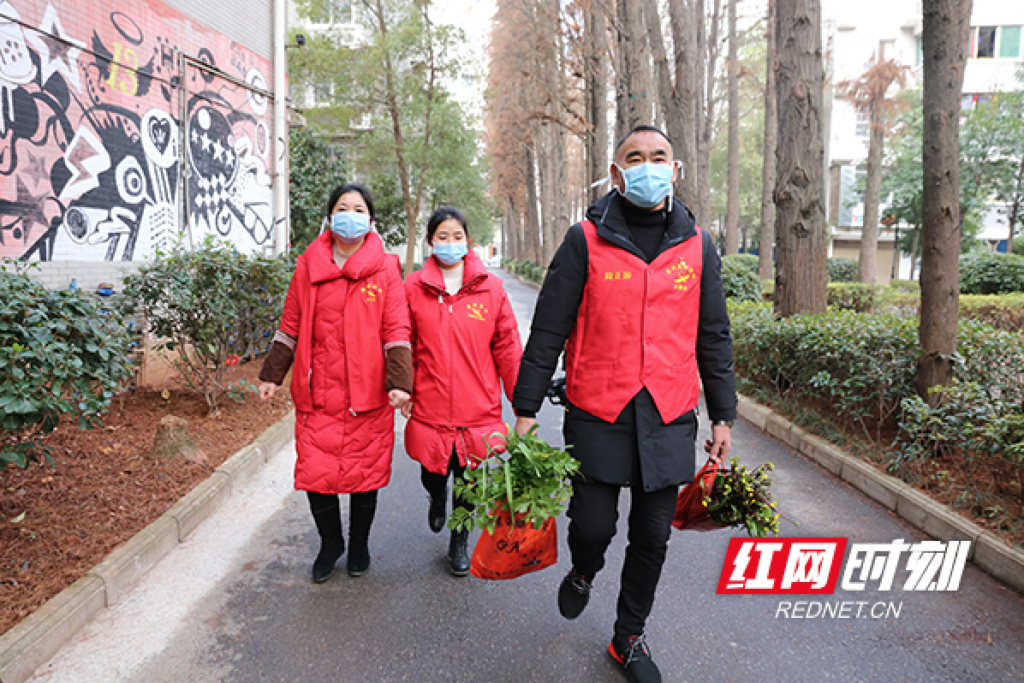
I am writing this short commentary to bear witness of the ethnic cleansing that is going on since 7 October. As I write this short text, over 13000 including 5000 children have been killed by Israel in Palestine (Gaza and the West Bank), many thousand people are missing under the rubbles and as many have been displaced from their homes. Twelve-hundred people have been reported to have been killed in Israel by Hamas, and over 200 people have been abducted by Hamas.
It is important to historicise the current genocide which many observers and Palestinians themselves have called the second Nakba. The People of Palestine have survived and continuously resisted seven decades of occupation and violations of their basic rights. Their genocide has taken many forms: occupation, waves of land and sea grabs, dispossession, expropriation, displacement, assassinations, sexual violence. The genocide we are witnessing did not start today. This violence has been going on for 41 days…and 75 years. And it has continued because of the many green lights, or lack of reactions to the countless acts of violence that the Israeli apartheid state has inflicted for decades. But most importantly, the spree of violence started with hate speeches and with the slow and insidious dehumanisation of Palestinians through the routinisation of their deaths. A social death. Countless, faceless scores of fatalities, wounded, jailed, and displaced civilians have over the decades been buried under seconds-long reporting at the radio or on TV, paragraph-long accounting of loss of lives in newspapers.
Read More »





